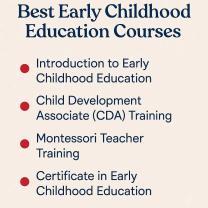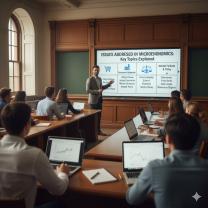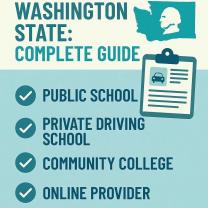How and when to teach Phonemic awareness?
Phonemic awareness is a foundational skill for reading and should be introduced to young learners as part of their early literacy development. It involves the ability to hear, identify, and manipulate individual sounds (phonemes) in spoken words. Here's how and when to teach phonemic awareness:
When to Teach Phonemic Awareness:
Preschool (Ages 3-5):
- Phonemic awareness instruction can begin as early as preschool. At this stage, focus on developing listening skills and sound discrimination. Activities might include rhyming games, listening for initial sounds in words, and clapping out syllables in names or words.
Kindergarten (Ages 5-6):
- In kindergarten, children can start to work on more advanced phonemic awareness skills. This includes segmenting and blending sounds within words. Activities might include segmenting words into individual sounds (e.g., /c/ - /a/ - /t/ for "cat") and blending sounds to form words.
First Grade and Beyond:
- Phonemic awareness instruction continues into first grade and beyond. Students should progress to more complex phonemic awareness skills, such as manipulating sounds by adding, deleting, or substituting them in words. This helps with spelling and decoding words.
How to Teach Phonemic Awareness:
Phonemic Awareness Games:
- Use interactive and engaging games and activities. For example, play rhyming games where children identify words that rhyme (e.g., cat and hat) or identify words that don't rhyme.
Sound Segmentation:
- Have students practice segmenting words into individual sounds. For example, ask them to say the sounds they hear in the word "dog" (/d/ - /o/ - /g/).
Sound Blending:
- Encourage students to blend sounds together to form words. You might say individual sounds (/c/ - /a/ - /t/) and ask them to blend them to say the word "cat."
Phonemic Awareness Worksheets:
- Provide worksheets and activities that allow students to practice phonemic awareness skills independently. These can include matching pictures with the same beginning or ending sounds, filling in missing sounds in words, and more.
Use Manipulatives:
- Hands-on materials like letter tiles, magnetic letters, or sound cards can be helpful for students to physically manipulate sounds and letters.
Oral Reading and Choral Reading:
- Reading books aloud and engaging in choral (group) reading activities can help students hear and practice the sounds and phonemes in words.
Word Families:
- Introduce word families (e.g., -at, -an, -op) and have students create and read words within these families.
Assessment:
- Regularly assess students' phonemic awareness skills to identify areas that need improvement and adjust instruction accordingly.
Individualized Instruction:
- Tailor instruction to each student's needs. Some students may progress quickly, while others may need additional support.
Remember that phonemic awareness is just one component of early literacy development. It should be integrated into a comprehensive reading program that includes phonics, vocabulary development, fluency, and comprehension.
Effective phonemic awareness instruction is typically short, frequent, and enjoyable for students. The goal is to help students become proficient in manipulating and working with individual sounds, which is essential for reading success.













